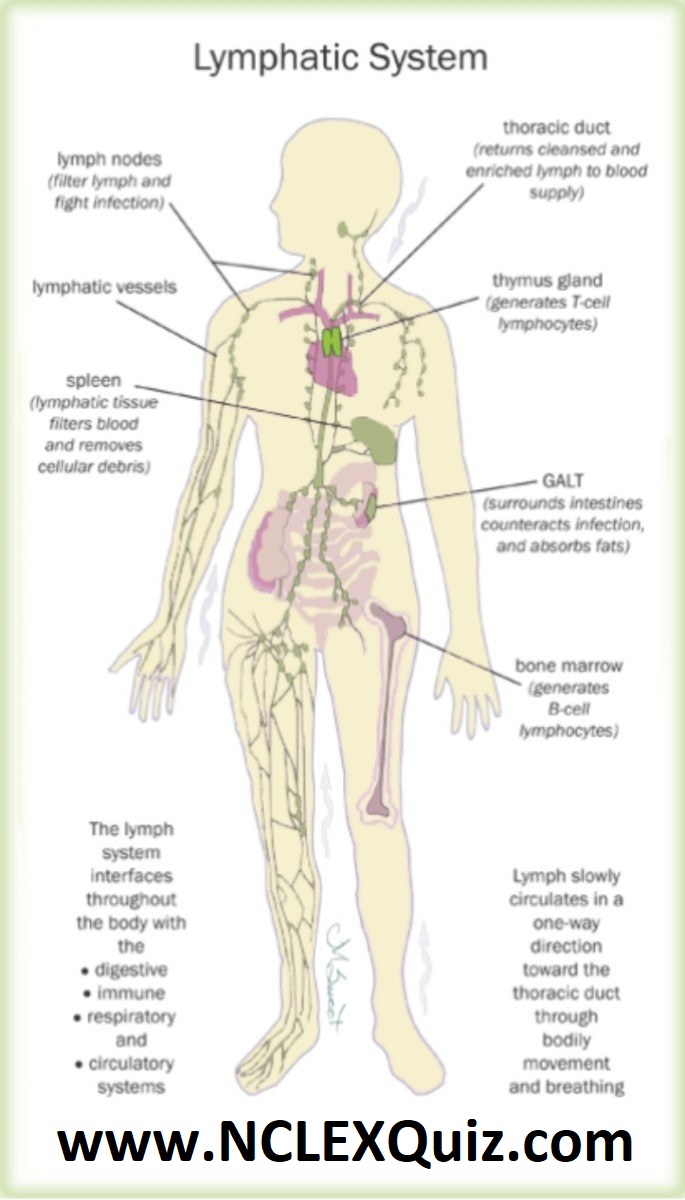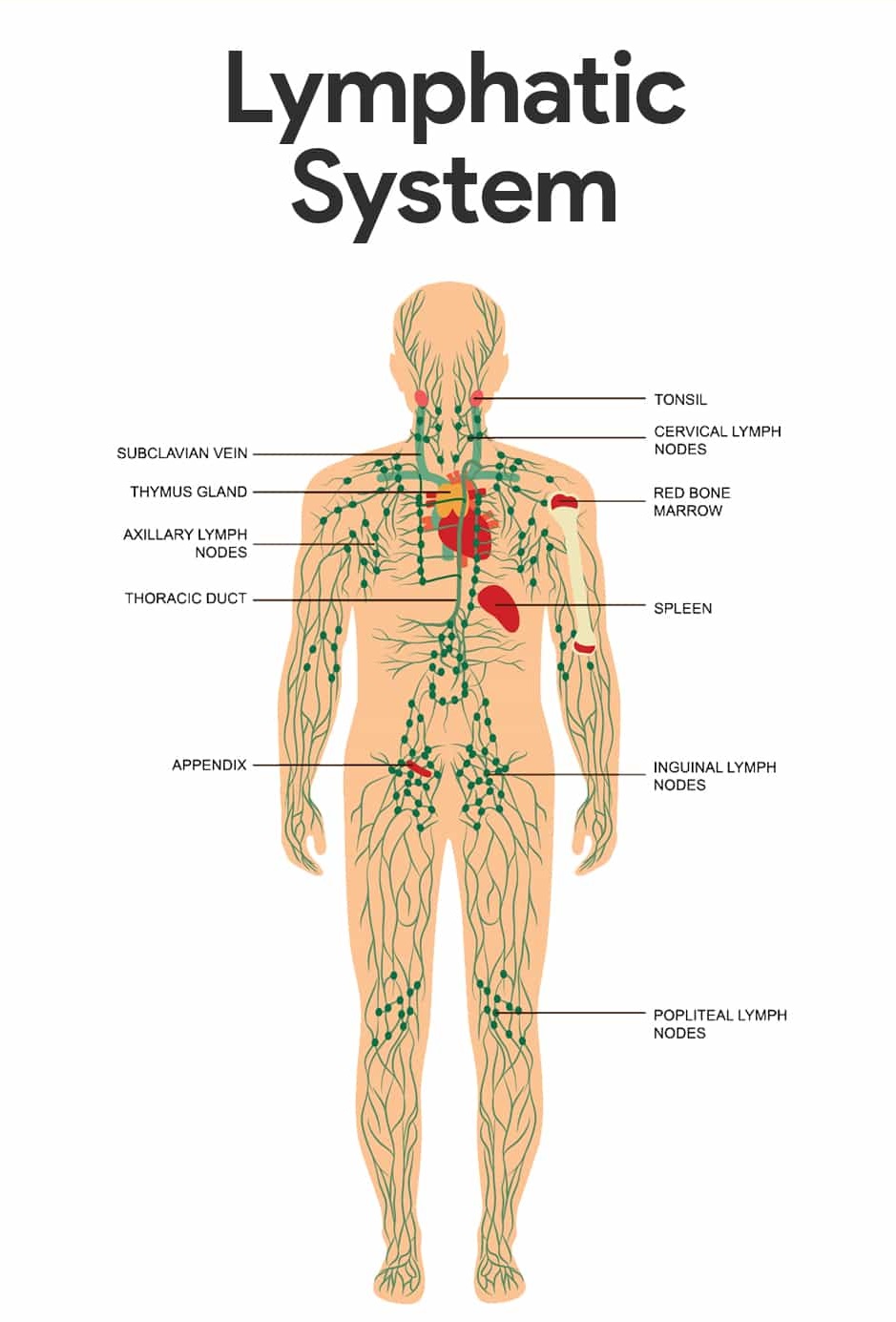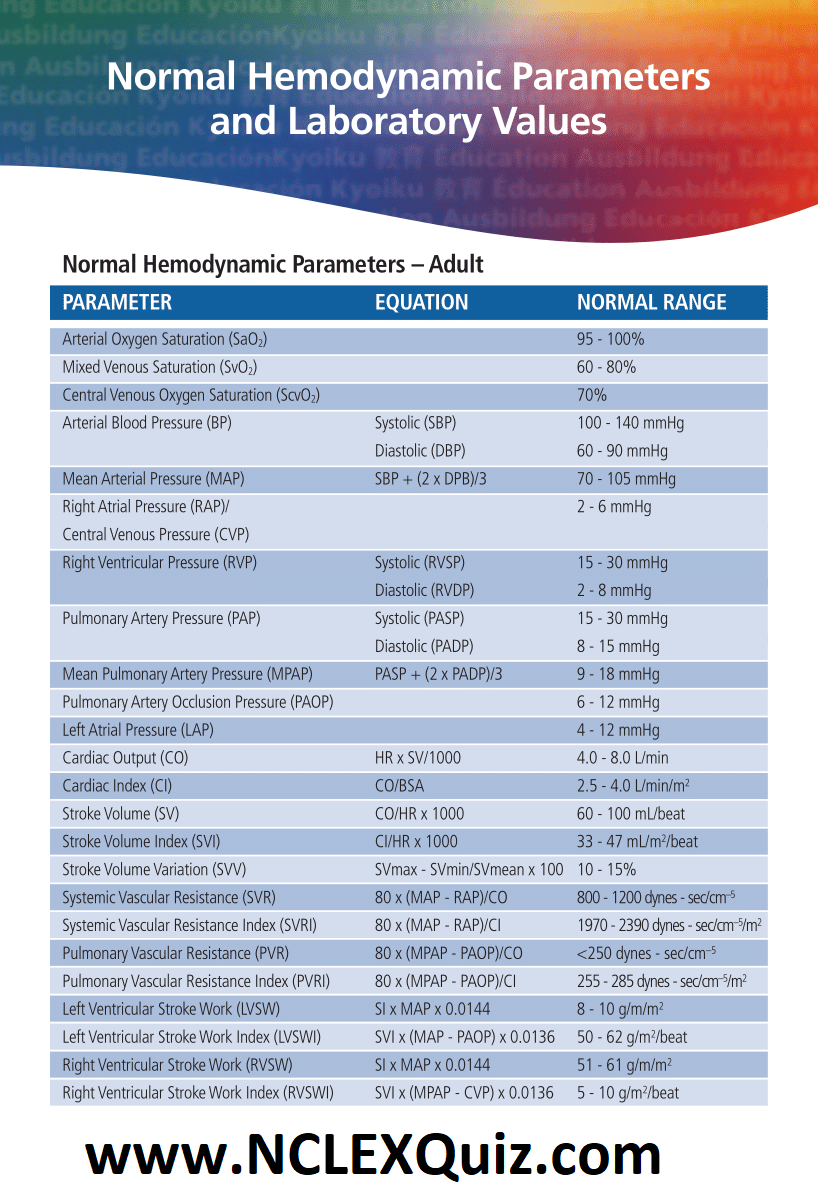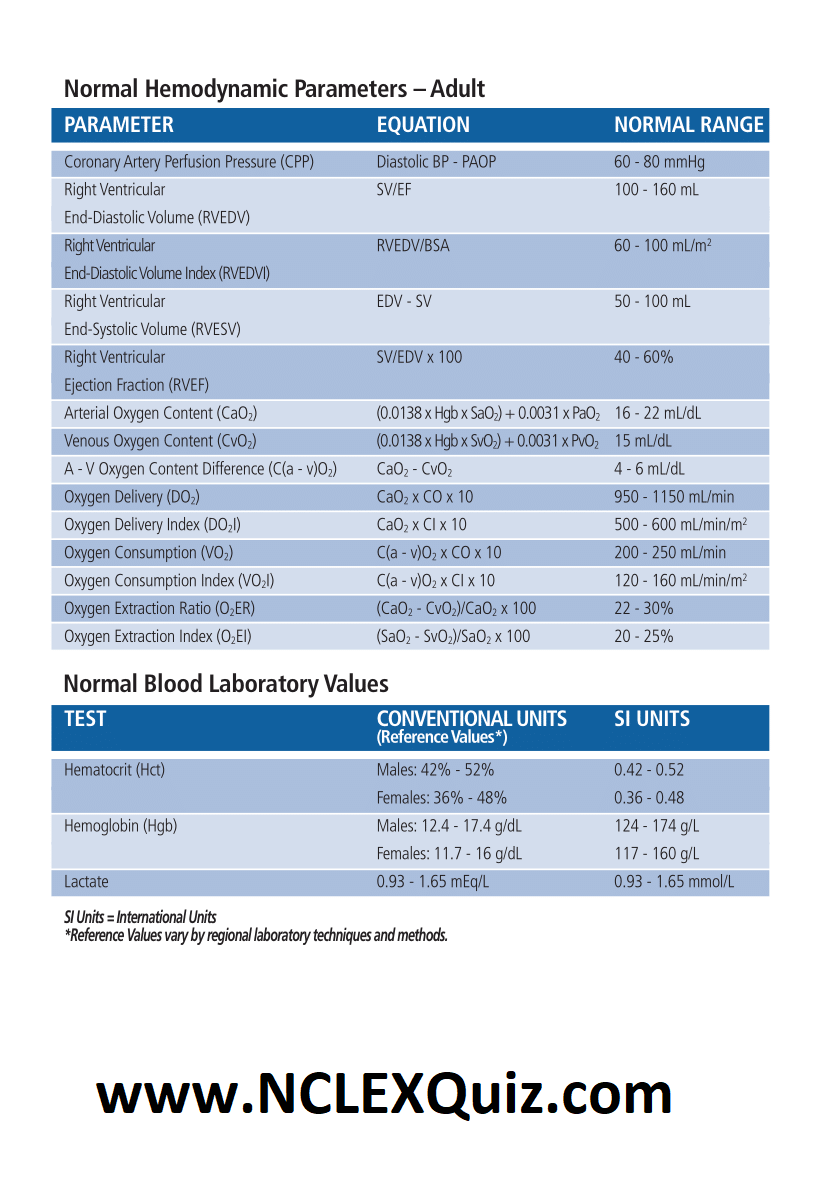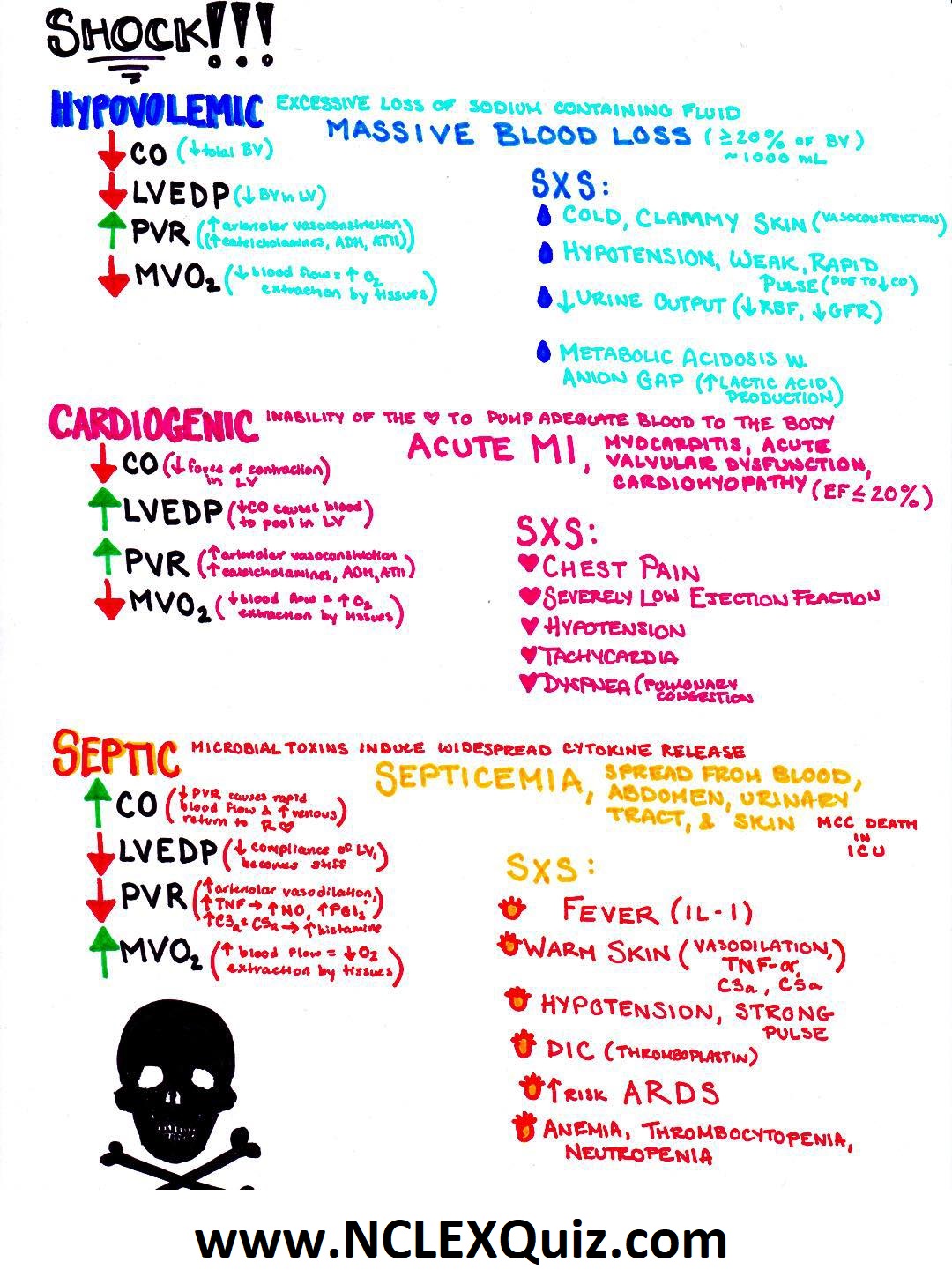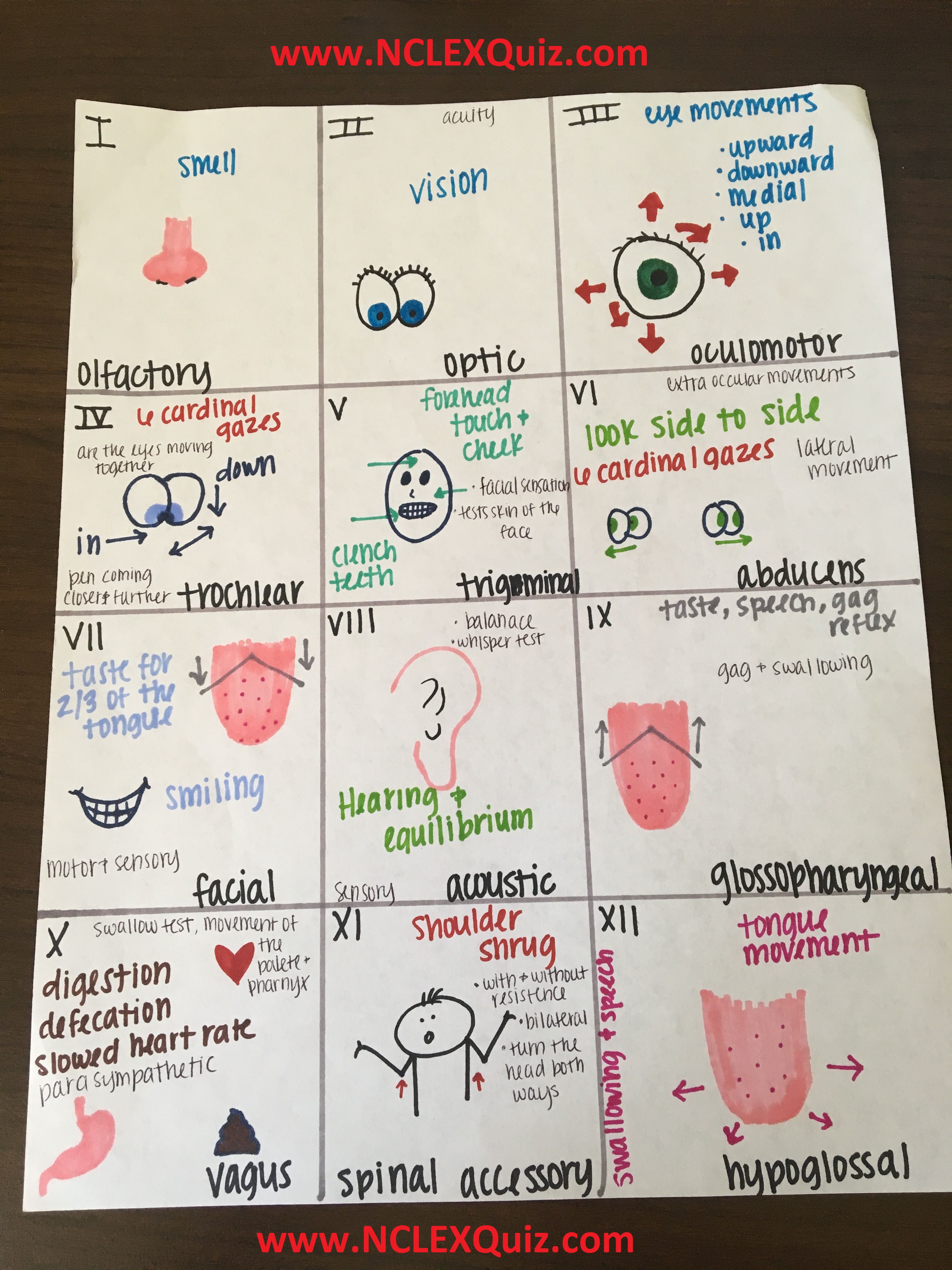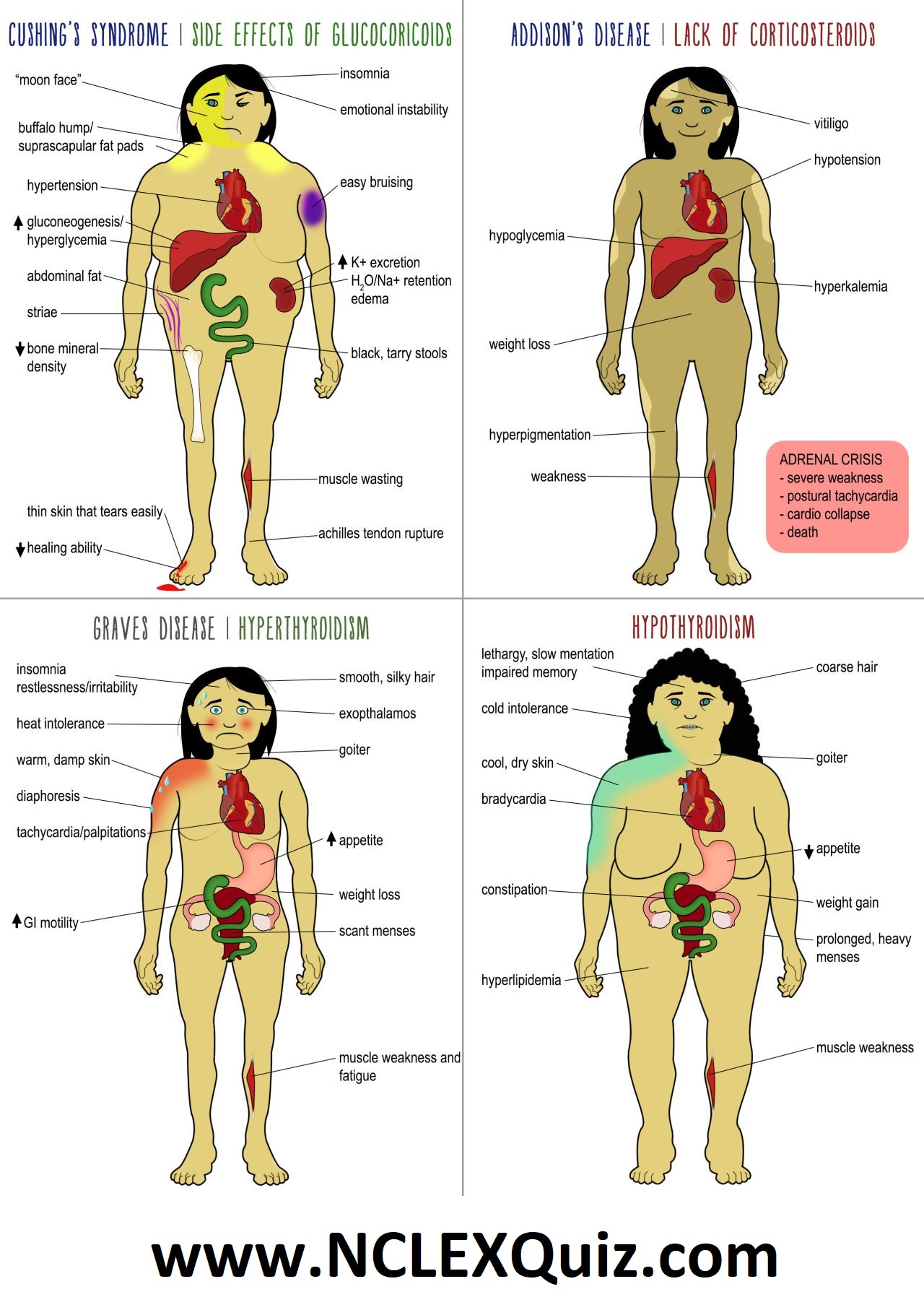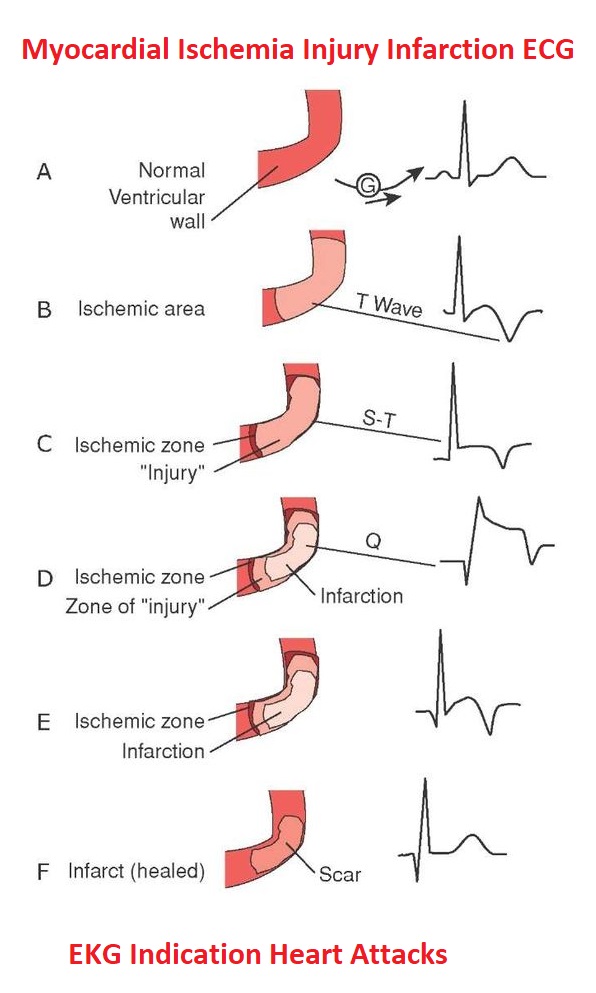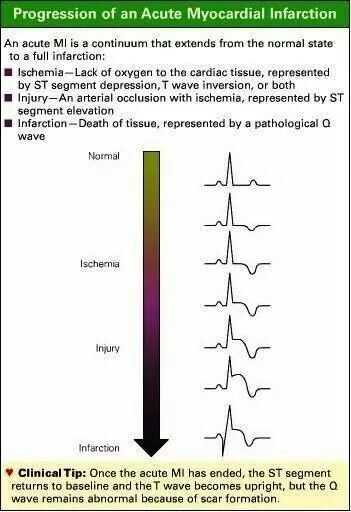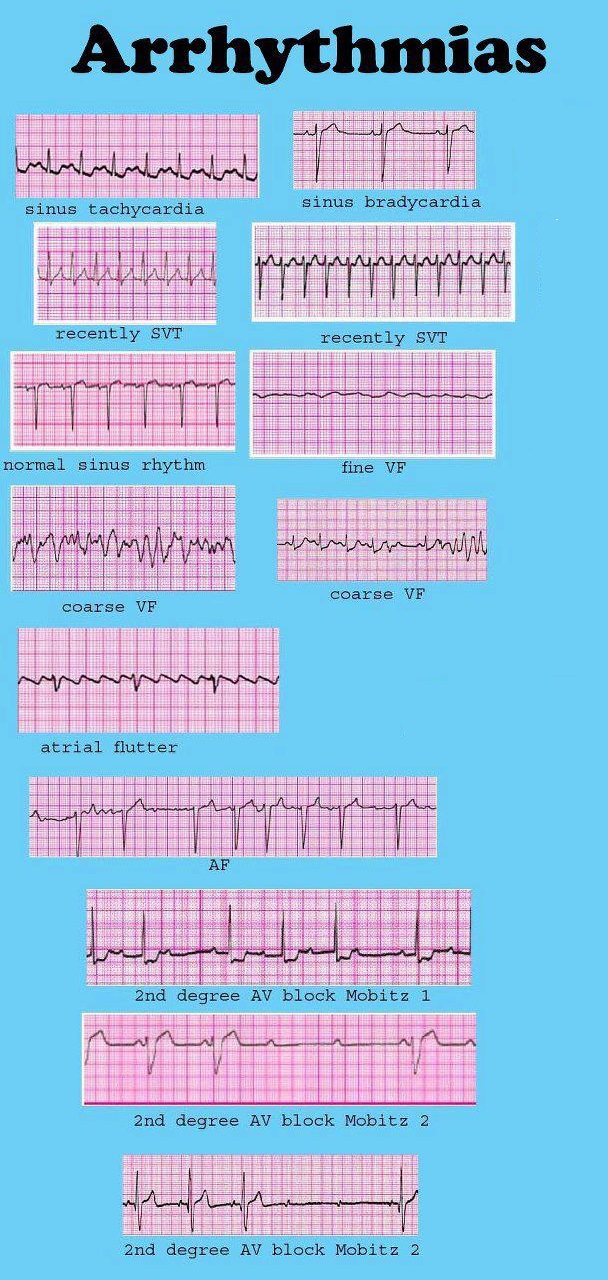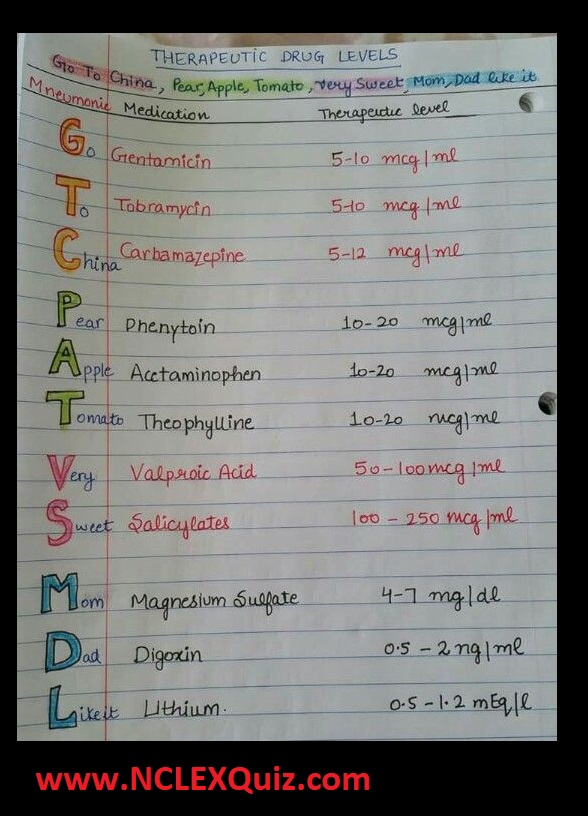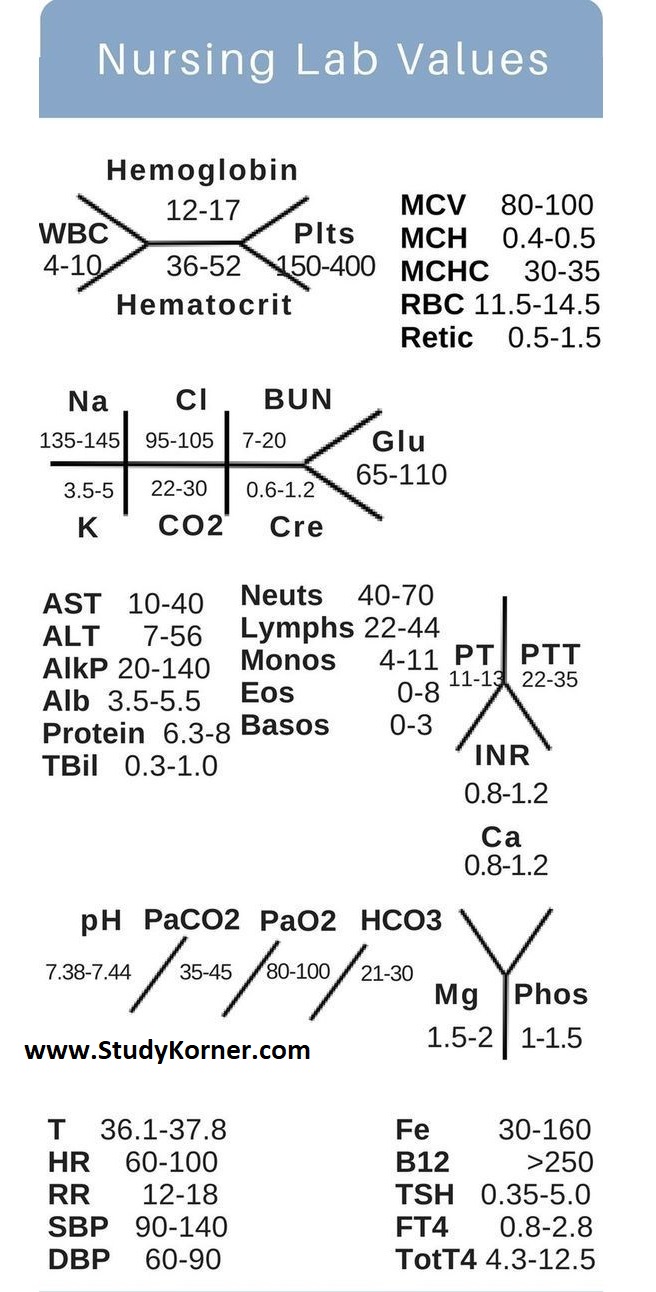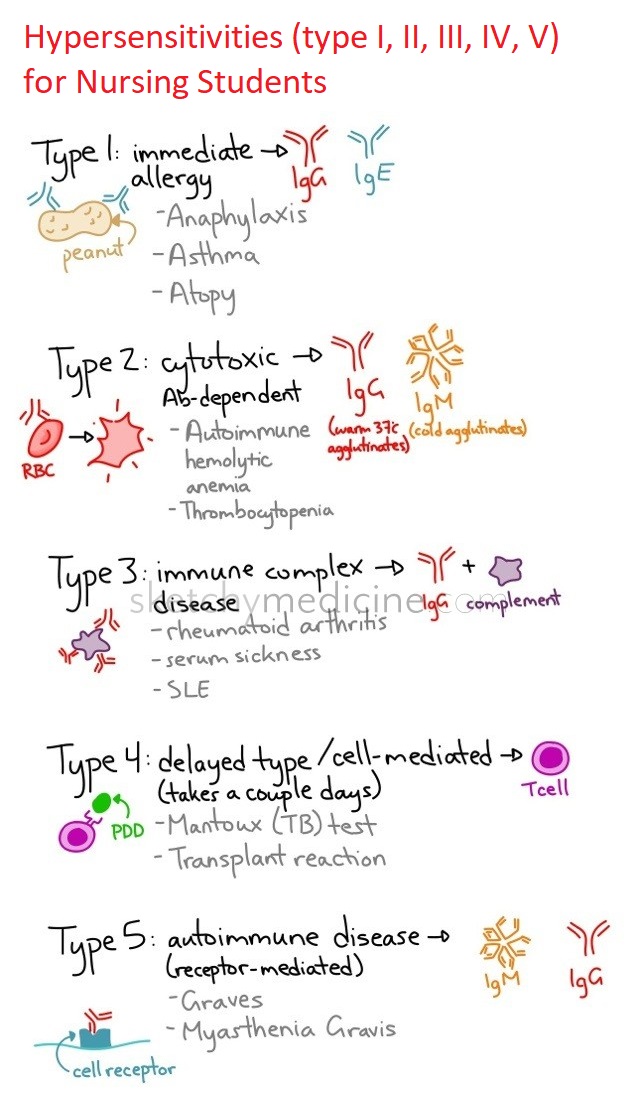Lymphatic system: Anatomy, function, and diseases
The lymphatic system is a network of tissues and organs that help rid the body of toxins, waste and other unwanted materials. The primary function of the lymphatic system is to transport lymph, a fluid containing infection-fighting white blood cells, throughout the body.
The lymphatic system is comprised of 5 major components:
Vessels
Nodes
The Tonsils
The Thymus
The Spleen
The lymphoid organs assist the lymphatic system. They include the thymus, spleen, tonsils, and appendix, along with some special tissue in the gut: The thymus: The thymus is located in the thoracic cavity, just under the neck. It’s made up of two lobes of lymphoid tissue.
The lymphatic system clears away infection and keeps your body fluids in balance. If it’s not working properly, fluid builds in your tissues and causes swelling, called lymphedema. Other lymphatic system problems can include infections, blockage, and cancer.
